The British Museum’s modern new extension by Rogers Stirk Harbour + Partners is unveiled
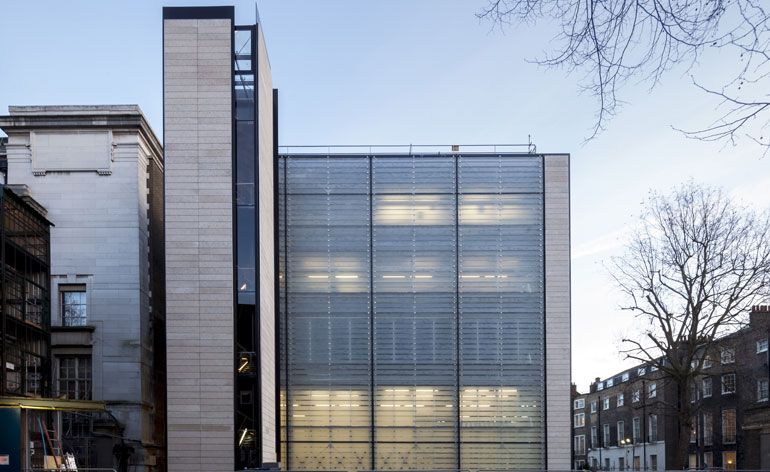
Designed by Rogers Stirk Harbour + Partners (RSHP) the newly completed British Museum's World Conservation and Exhibitions Centre is a key piece in the institution's significant extension scheme - which includes the Sainsbury Exhibitions Gallery, unveiled in March.
The new centre was commissioned in 2007, as a response to the museum's growing needs, both in terms of exhibition space and the protection and upkeep its collection. Now, the museum will have ample and suitably state-of-the-art spaces to store, conserve, study and display its pieces. 'For the first time ever, facilities are properly adapted to the needs of the museum,' says British Museum director Neil MacGregor. This project, which has been almost four years in the making, is not only aiming to highlight the renowned museum as a world leader of exhibitions, but also conservation and study of historical artefacts.
Located in the Bloomsbury complex's northwest corner, the building is set to greatly improve the museum's on site operations. 'Our main task was to solve issues that developed in the museum over the past few years,' explains RSHP's Graham Stirk. The site's preparation began in 2010 and the carefully executed construction work - sensitive to the existing buildings and the museum's irreplaceable collection nearby, and managed by Mace - is now reaching completion, with the final touches currently being added.
Its nine levels (about half of which are nestled underground) include naturally lit conservation rooms, laboratories, studios, offices and extensive modernised services and facilities to support all the various functions. Its truck lift for example, is one of the largest in Europe, while its environmentally controlled storage areas span approximately 5,100 sq m.
True to the practice's tradition, the building features exposed services and is created in a contemporary style, one however, that respects its historical neighbours. 'Yes, we were [intimidated by the context],' says Stirk. But the team worked towards maintaining the street's proportions, breaking down the addition's volume into smaller pavilions, clad in kiln-formed glass and Portland stone as a response to the area's existing material palette.
The British Museum's extension is a thoughtful addition to an iconic London neighbourhood, responding sympathetically to the rhythm and coloration of its surroundings; and developments are still ongoing. Future plans include a green roof across the pavilions, which will include bird nesting boxes and two beehives.
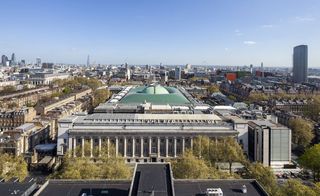
Located in the Bloomsbury complex's northwest corner (right), the new building is set to greatly improve the museum's on site operations
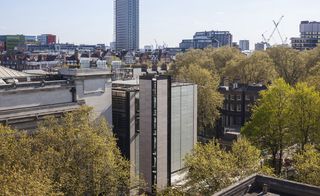
The site's preparation began in 2010 and the carefully executed construction work - sensitive to the existing buildings and the museum's irreplaceable collection nearby - is now reaching completion, with the final touches currently being added.
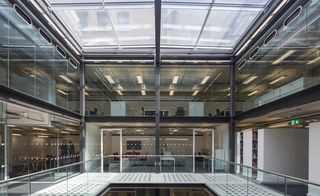
Its nine levels include naturally lit conservation rooms, laboratories and studios, offices and extensive modernised services and facilities to support all the various functions.
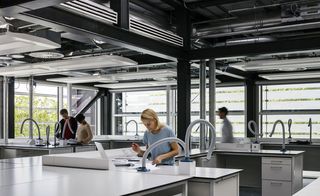
The museum will have ample and suitably state-of-the-art spaces to store, conserve, study and display its collection.
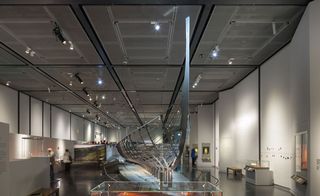
The extension scheme includes the Sainsbury Exhibitions Gallery, which was unveiled in March.
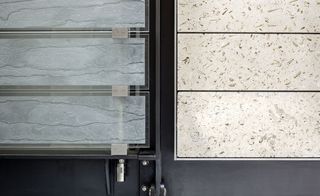
Clad in kiln-formed glass and Portland stone, the façade is a response to the area's existing material palette.
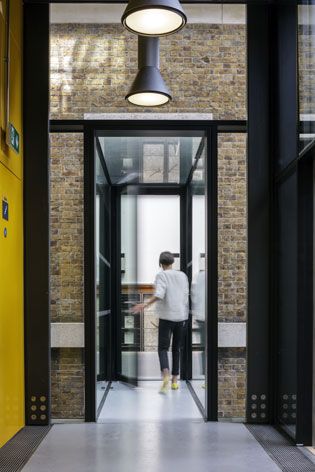
The spatial arrangement circles around two main elements; the primary, 'served' spaces and the secondary, 'servant' spaces.
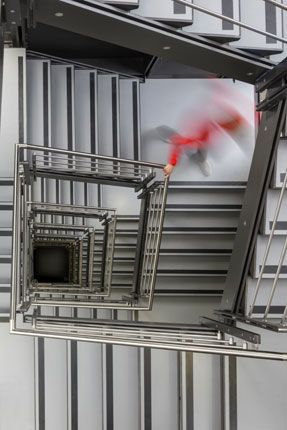
Several circulation hubs connect the building's different floors, linking office and studio spaces with the storage facilities underground.
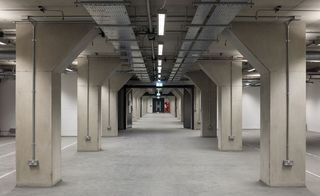
The project's environmentally controlled storage areas span approximately 5,100 sq m
ADDRESS
World Conservation and Exhibition Centre
Great Russell Street
London WC1B 3DG
Wallpaper* Newsletter
Receive our daily digest of inspiration, escapism and design stories from around the world direct to your inbox.
Ellie Stathaki is the Architecture & Environment Director at Wallpaper*. She trained as an architect at the Aristotle University of Thessaloniki in Greece and studied architectural history at the Bartlett in London. Now an established journalist, she has been a member of the Wallpaper* team since 2006, visiting buildings across the globe and interviewing leading architects such as Tadao Ando and Rem Koolhaas. Ellie has also taken part in judging panels, moderated events, curated shows and contributed in books, such as The Contemporary House (Thames & Hudson, 2018), Glenn Sestig Architecture Diary (2020) and House London (2022).
-
 The all-electric Mini Aceman desperately wants you to have a good time behind the wheel
The all-electric Mini Aceman desperately wants you to have a good time behind the wheelWhat ingredients make up Mini’s secret sauce, and can an electrified version retain the flavour? We sample the Aceman EV to find out
By Jonathan Bell Published
-
 The best beauty products of the month, from Prada mascara to Westman Atelier’s bronzing drops
The best beauty products of the month, from Prada mascara to Westman Atelier’s bronzing dropsThe best beauty products of the month, selected by Wallpaper*, include a new Prada mascara, Westman Atelier’s bronzing drops and more
By Hannah Tindle Published
-
 ‘Ranger’: documenting ‘the first female conservation ranger programme in East Africa’
‘Ranger’: documenting ‘the first female conservation ranger programme in East Africa’‘Ranger’, a new film set in Kenya’s Maasai homeland, tells the story of 12 women who became East Africa’s first all-female anti-poaching unit
By Mary Cleary Published
-
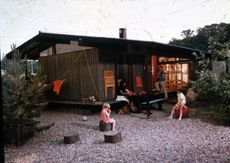 The little-known story of Welsh modernism
The little-known story of Welsh modernism'Cabin Crew', a new book published this spring by The Modernist, brings the spotlight to Cardiff-based practice Hird & Brooks
By Emma O'Kelly Published
-
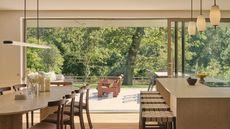 This modern Cotswolds home draws on its ancient woodland context
This modern Cotswolds home draws on its ancient woodland contextThis contemporary Cotswolds home, designed by NCA Architecture with interiors by Echlin, is a slice of the Mediterranean in the English countryside
By Tianna Williams Published
-
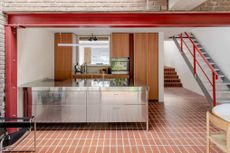 A Danish twist, compact architecture, and engineering magic: the Don’t Move, Improve 2025 winners are here
A Danish twist, compact architecture, and engineering magic: the Don’t Move, Improve 2025 winners are hereDon’t Move, Improve 2025 announces its winners, revealing the residential projects that are rethinking London living
By Ellie Stathaki Published
-
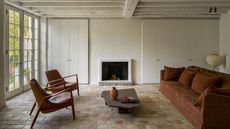 This Hampstead house renovation in London transcends styles and periods
This Hampstead house renovation in London transcends styles and periodsThe renovation of a Hampstead house in London by Belgian architect Hans Verstuyft bridges the classic and the contemporary
By Harriet Thorpe Published
-
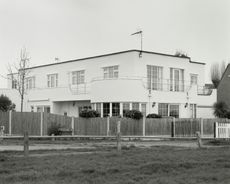 New book takes you inside Frinton Park Estate: the Essex modernist housing scheme
New book takes you inside Frinton Park Estate: the Essex modernist housing scheme‘Frinton Park Estate’, a new book by photographer James Weston, delves into the history of a modernist housing scheme in Essex, England
By Ellie Stathaki Published
-
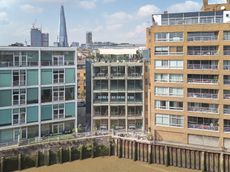 Conran Building's refresh brings a beloved London landmark into the 21st century
Conran Building's refresh brings a beloved London landmark into the 21st centuryConran Building at 22 Shad Thames has been given a new lease of life by Squire & Partners, which has rethought the London classic, originally designed by Hopkins, for the 21st century
By Ellie Stathaki Published
-
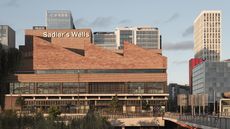 Sadler’s Wells East opens: ‘grand, unassuming and beautifully utilitarian’
Sadler’s Wells East opens: ‘grand, unassuming and beautifully utilitarian’Sadler’s Wells East by O’Donnell and Tuomey opens this week, showing off its angular brick forms in London
By Tom Seymour Published
-
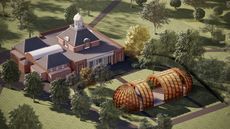 2025 Serpentine Pavilion: this year's architect, Marina Tabassum, explains her design
2025 Serpentine Pavilion: this year's architect, Marina Tabassum, explains her designThe 2025 Serpentine Pavilion design by Marina Tabassum is unveiled; the Bangladeshi architect talks to us about the commission, vision, and the notion of time
By Ellie Stathaki Published